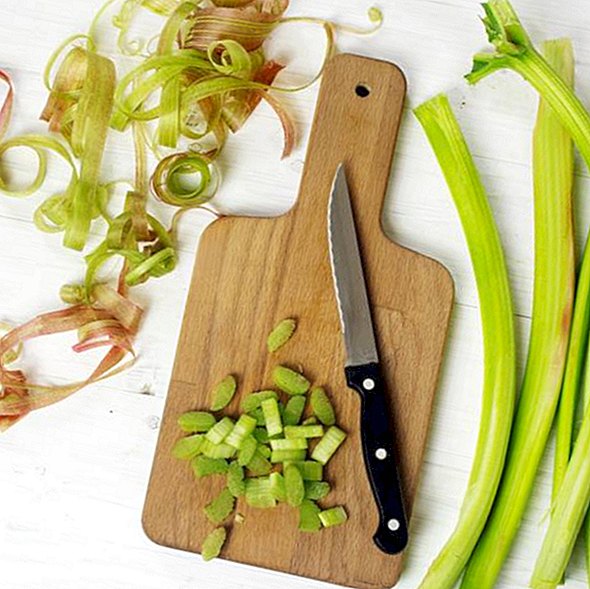Peel rhubarb? that 's how it works

That's why you should peel rhubarb
Not only does it greatly enhance the enjoyment of removing the solid fibers that are too eaten between the teeth when eating, it is also much healthier to eat the rhubarb peeled.
Because the shell contains especially much oxalic acid, This fruit acid can cause poisoning in large quantities and also binds calcium, magnesium and iron in complex compounds that are difficult to absorb from the intestinal mucosa. Reason enough to peel rhubarb? we explain how it works!
By the way: We also explain why rhubarb raw food is not a good idea.
1. Remove rhubarb leaves and brush rhubarb
Before you can start peeling, remove first? if available ? the leaves from the stakes. They are also rich in oxalic acid and also inedible.
Then the rhubarb Rinse thoroughly under running water, So you also remove earth and sand, which are stuck by the harvest. Alternatively, you can also use a damp cloth.
2. Cut off the interface
The interface at the bottom of rhubarb rods is often dried and very hard. Cut them off roughly. Then you can grab the fibers very well with the knife and you can start with the shelling of rhubarb.
3. Peel rhubarb
Grasp the knife at the interface at the bottom of the rhubarb sticks and then pull the hard fibers upwards. It's best to use a small kitchen knife that fits well in your hand. If the fibers are particularly robust, it is also wonderful to use a peeler. Remove all fibers until threads are no longer attached to rhubarb.
That was it. Now you can cook the shelled rhubarb and continue processing. How about rhubarb compote, rhubarb marmalade or rhubarb pie? We have the best rhubarb recipes for you.
If you can not process the bars right away, you can freeze rhubarb or boil rhubarb.










